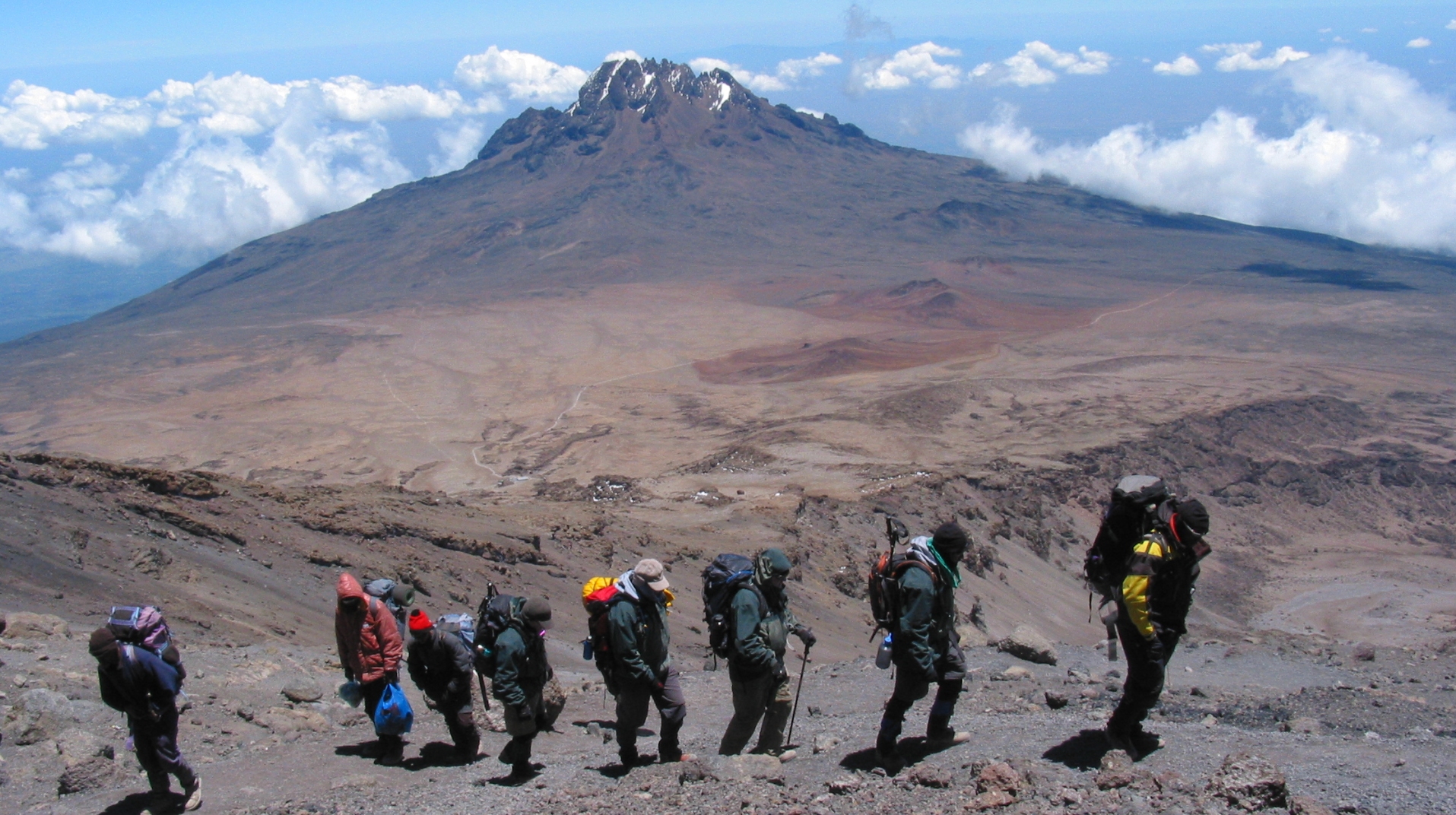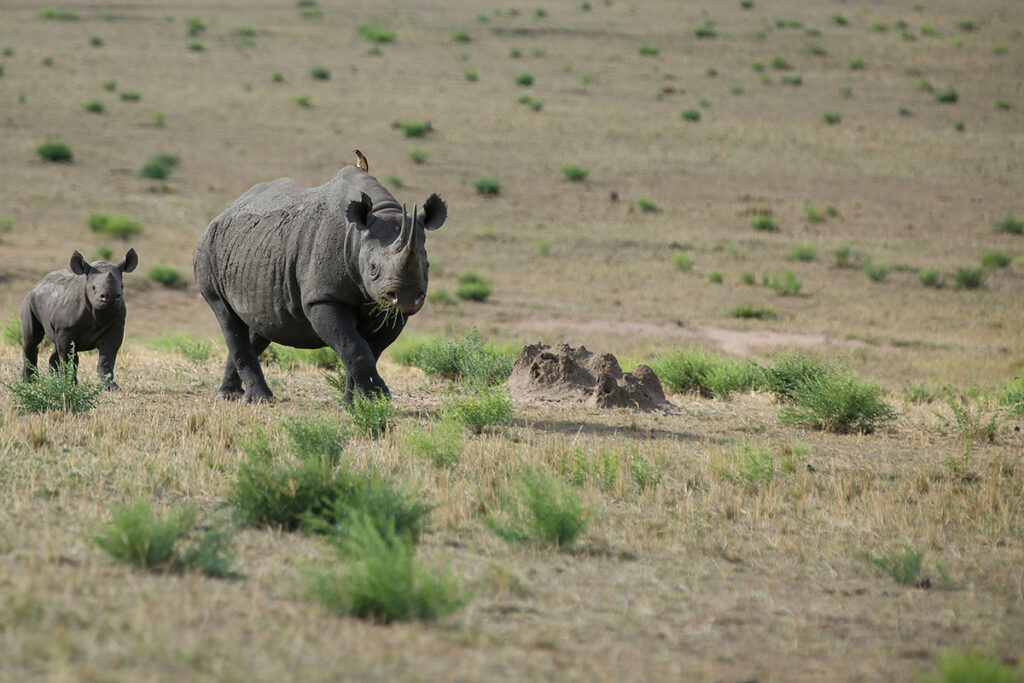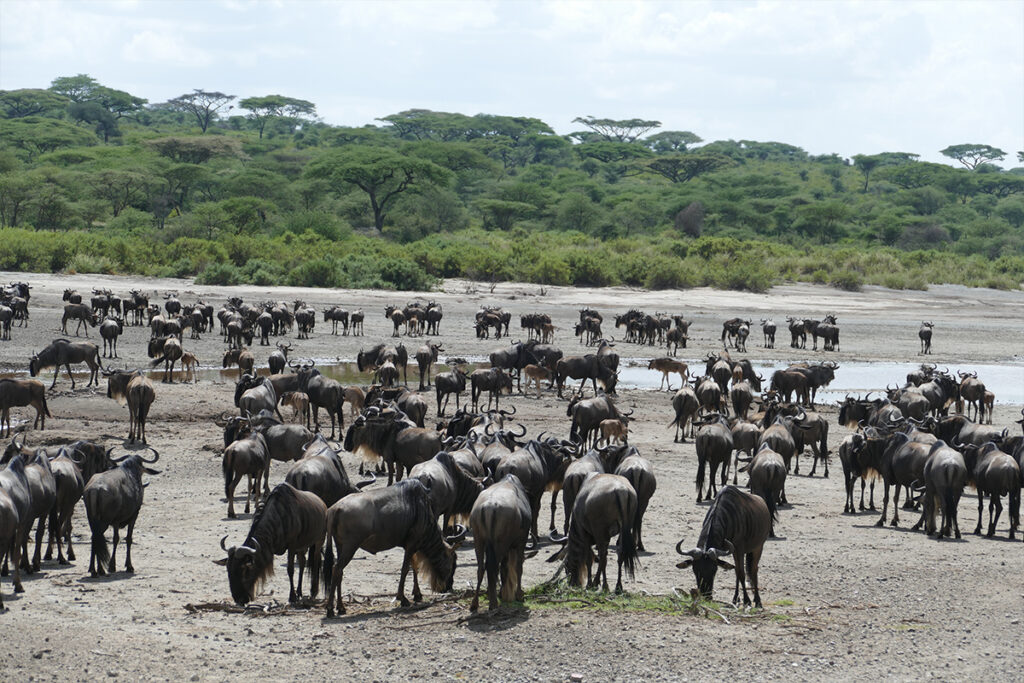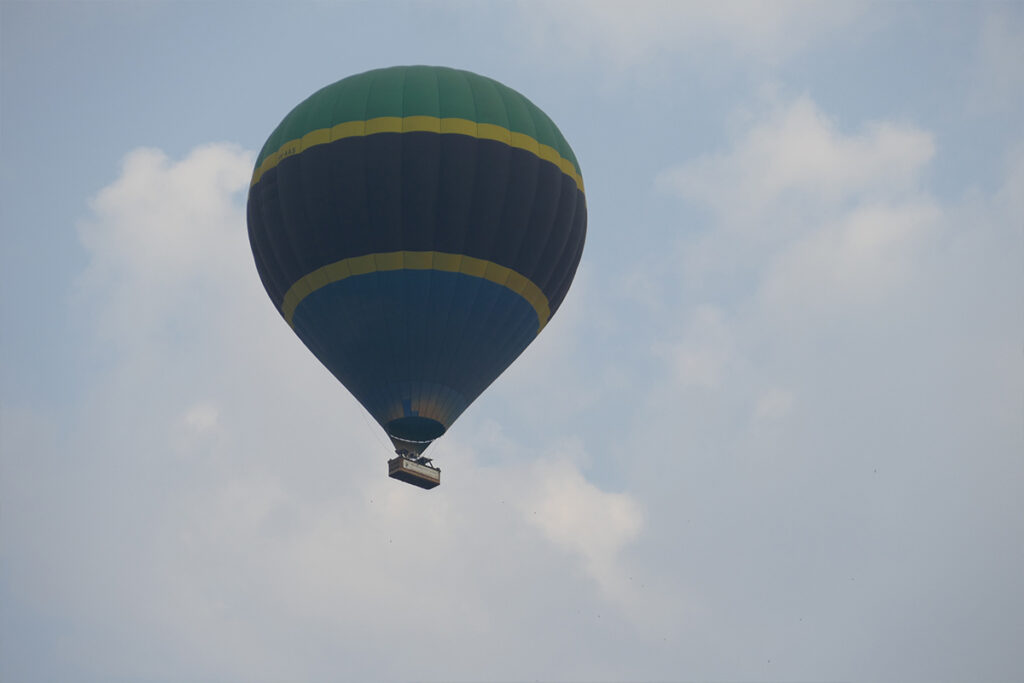Standing at 5,895 meters, climbing Mount Kilimanjaro is a feat that demands more than just physical endurance—nutrition is key. Consider this: proper nutrition can boost stamina and reduce fatigue, yet is often the overlooked element in preparation. How you fuel your body can be the difference between reaching the summit or not.
Historically, climbers underestimated the importance of nutrition on high-altitude expeditions. Energizing with complex carbohydrates and maintaining adequate hydration is fundamental to counteract altitude’s effects. Experts suggest consuming 3,000 to 5,000 calories daily during the climb to adequately meet energy demands.
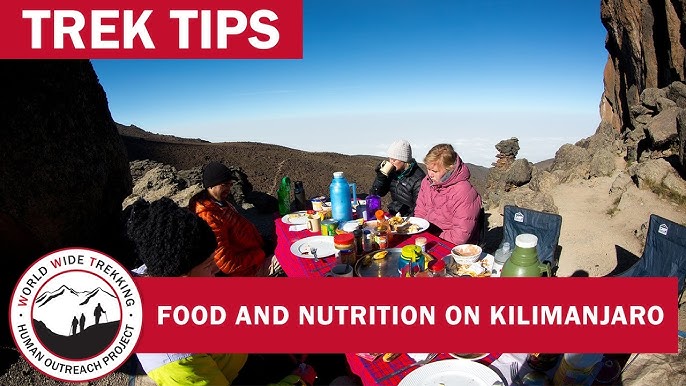
Nutrition Tips: Fueling Your Kilimanjaro Climb
Climbing Kilimanjaro requires more than just physical training; proper nutrition is critical. Hydration, for instance, plays a significant role in maintaining energy levels. Dehydration can lead to dizziness and decreased performance. Drinking at least three liters of water each day helps combat altitude sickness. Make sure to carry a hydration system for easy access.
Calorie intake is another factor that should not be neglected. At high altitudes, your body burns calories faster. Consuming 3,000 to 5,000 calories daily ensures you have the energy to continue. Focus on meals rich in protein, fats, and carbohydrates. These foods provide sustained energy throughout the day.
Carbohydrates serve as the primary energy source during your climb. They break down into glucose, which is readily used by your muscles. Consider bringing snacks such as dried fruits, nuts, and energy bars. These snacks are easily digestible and pack a lot of calories in small servings.
A well-balanced diet provides the stamina needed for long treks. Include proteins, vitamins, and minerals in your meals. Proteins aid muscle repair while vitamins boost your immune system. Eating a variety of foods ensures you get all necessary nutrients. Supplements may also be beneficial to fill in any dietary gaps.
Fuel Your Kilimanjaro Adventure: Delicious \u0026 Nutritious Meals for Climbers
The Importance of Hydration during the Climb
Keeping hydrated while climbing Kilimanjaro is essential. Altitude increases water loss through breathing and sweating. It’s advised to drink at least three to four liters of water daily. This helps prevent dehydration, which can cause headaches and nausea. Simple hydration systems like CamelBak make it easier to sip water continuously.
Proper hydration affects more than just physical comfort; it impacts your performance. Drinking water enhances your body’s ability to regulate temperature. It also aids in transporting nutrients and maintaining energy levels. You’ll find that hydrated muscles are less prone to cramps. Staying well-hydrated can be the key to reaching the summit.
During the climb, consider drinking electrolyte-enriched fluids. Electrolytes help maintain fluid balance and muscle function. You can find electrolyte powders easily available in outdoor stores. Mix them with water to replenish lost electrolytes. This method is both convenient and effective.
Signs of dehydration include dark urine, dry mouth, and decreased urine output. Always monitor these signs to avoid serious issues. Create a hydration schedule to remind yourself to drink regularly. Use this schedule even if you don’t feel particularly thirsty. Consistency in hydration is crucial during high-altitude treks.
Calorie Intake: Powering through Altitude Challenges
As you climb higher on Mount Kilimanjaro, your body needs more calories to keep going. This is because your metabolism speeds up at high altitudes. Aim to consume between 3,000 to 5,000 calories daily. This ensures you have enough energy to face the tough conditions. High-calorie foods like nuts and energy bars are ideal.
The types of calories you consume also matter. Carbohydrates are quick sources of energy, perfect for short bursts of activity. Fats, on the other hand, provide a long-lasting energy reserve. Proteins help in muscle repair and recovery after a tiring day. A balanced mix of these nutrients keeps you strong throughout the climb.
During your ascent, plan your meals carefully. Breakfast might include oatmeal with dried fruits for quick energy. For lunch, sandwiches with avocado can keep you fueled. It’s also wise to carry snacks such as jerky, trail mix, and granola bars. These are convenient and pack a lot of calories.
Monitoring your calorie intake is crucial. Fatigue, dizziness, and muscle cramps can be signs you’re not eating enough. Keep a small notebook to record what you eat. This helps you stay on track. Consistent calorie intake helps ensure you have the stamina to reach the summit.
The Role of Carbohydrates: The Energy Source
Carbohydrates play a vital role in fueling your climb up Kilimanjaro. As the primary source of energy, they are quickly converted into glucose. This glucose is used by your muscles during intense activity. Foods rich in carbohydrates are critical for keeping energy levels up. They ensure you maintain stamina throughout the day.
There are various types of carbohydrates, with some being more beneficial for long climbs than others. Complex carbohydrates are found in whole grains, oats, and legumes. They release energy gradually, providing a steady supply of fuel. Simple carbohydrates, however, offer a quick energy boost but can lead to a sudden drop. Balancing both types can help you sustain energy efficiently.
Incorporating carbohydrates into each meal is important during the ascent. Breakfast could include whole grain cereals or toast, offering a good dose of complex carbs. For dinner, pasta or rice dishes are excellent options. Snacks like fruits and energy gels provide simple carbohydrates for between meals. This balance ensures your muscles don’t tire easily.
Considering the extra effort required for high-altitude climbing, your carbohydrate intake needs adjustment. More carbs may be needed compared to regular daily activities. Some climbers find that high-carb diets improve endurance. It’s wise to experiment with different food combinations before the trip. This helps identify what works best for your body.
Understanding your body’s carbohydrate needs can make the climb more manageable. Monitoring how you feel during the ascent offers clues. Signs of low carbohydrate intake include fatigue and sluggishness. Returning to a high-carb meal plan quickly restores energy. By prioritizing carbohydrates, you give your body the tools to succeed.
Importance of Balanced Diet for Stamina
A balanced diet is essential for maintaining stamina during a Kilimanjaro climb. It provides the right mix of nutrients that your body needs to function optimally. Proteins help with muscle repair, while fats serve as a long-term energy source. Vitamins and minerals support overall health and energy production. Getting a variety of these nutrients boosts your ability to endure the rigors of the climb.
Planning your meals with a mix of macronutrients can make a significant difference. A good approach is to include carbohydrates, proteins, and fats in each meal. This combination offers quick energy, muscular strength, and sustained fuel. A diet rich in fruits, vegetables, and lean meats is ideal. Such meals provide balance and are easy for the body to digest.
Snacks also play an important role in maintaining energy levels. Healthy options include nuts, yogurt, and granola bars. These snacks are packed with nutrients and are convenient to carry. They help curb hunger and provide a necessary boost between meals. Including a variety of snacks ensures a steady energy supply throughout the climb.
Monitoring your dietary intake helps in understanding what works best for your body. A simple table can help track the nutrients you consume daily. This practice ensures you meet your dietary needs and adjust as necessary. Being mindful of your diet prepares you for high-altitude challenges.
Making smart food choices impacts not just your energy but your overall well-being. Balanced meals can help prevent altitude sickness and improve your overall endurance. By paying attention to what you eat, you prepare yourself better for the physical demands of the climb. Staying consistent with your diet routine is crucial for success. Prioritizing a balanced diet is key to a successful ascent.
Supplements to Support High Altitude Climbing
Climbing at high altitudes can be challenging, but certain supplements can help. These supplements aim to support oxygen uptake and energy levels. Iron supplements, for example, boost the production of red blood cells. This process helps in carrying more oxygen to your muscles. Ensuring adequate iron intake can make a significant difference in your performance.
Another helpful supplement is vitamin B12. This vitamin is essential for energy metabolism and red blood cell formation. It helps your body use the oxygen you breathe more efficiently. Vitamin B12 can be found in meat and dairy products, but supplements are available too. These make it easier to meet your body’s needs on the go.
Omega-3 fatty acids serve an important role in reducing inflammation. At higher altitudes, your muscles and joints can experience stress. Omega-3s help keep inflammation in check, supporting recovery. Sources include fish oil and flaxseed oil supplements. Adding them to your diet can be beneficial during rigorous climbs.
Electrolyte powders are another key supplement. They replace the sodium and potassium lost through sweating. Keeping electrolyte levels balanced prevents cramping and fatigue. Powders can be mixed with water for a convenient sip while climbing. This simple addition to your hydration routine makes a big difference.
Ginkgo biloba is known for improving circulation. Better circulation means more oxygen reaches muscles, helping you adapt to thinner air. Though more research is needed, some climbers find it helpful. It’s available in capsule form, making it easy to pack. As always, consult with a healthcare provider before adding new supplements.
Key Takeaways
- Focus on high-calorie foods for sustained energy during the climb.
- Include complex carbohydrates, proteins, and healthy fats in your diet.
- Stay hydrated with water and electrolyte replacements.
- Consider supplements like iron and vitamin B12 to boost oxygenation.
- Proper nutrition helps improve stamina and recovery at high altitudes.
